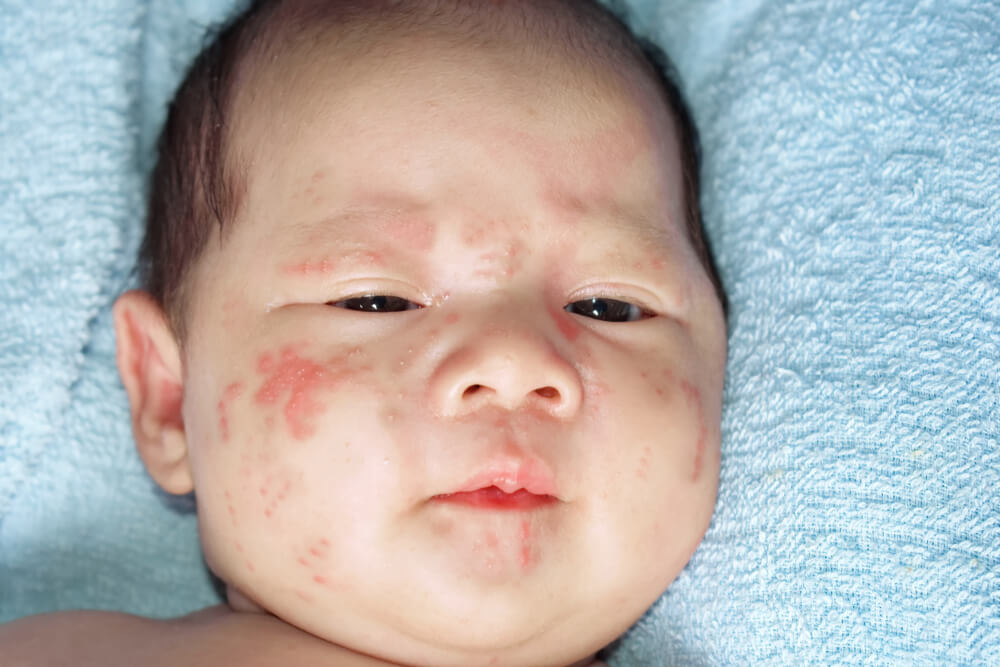Anemia is commonly associated with many different conditions. For example, the medical community associates it with folic acid deficiency. This deficiency happens when your child doesn’t have enough folic acid in their body. As a result, the body will communicate this deficiency in a way that shows deprivation. There is another condition to be aware of, too, which is known as cephalohematoma. This condition can occur if your child has a bleed underneath the skin or a brain hemorrhage. The blood pools, and as a result, it can give them anemia.
In some cases, especially immediately after birth, it is normal for your infant’s skin to look off-colored – unless it is blue. However, if the discoloration continues over some time, you should see a doctor because it could indicate the presence of a birth disorder. The sooner you take action against a birth injury, the lower your chances of your child suffering long-term disability. In some cases, you can’t do anything. But, an early diagnosis can go a long way in addressing the issue before it can cause even more damage to your child. If your child was diagnosed with a birth injury, it might be due to medical negligence. Discuss your options for filing a lawsuit and getting the compensation you deserve.

